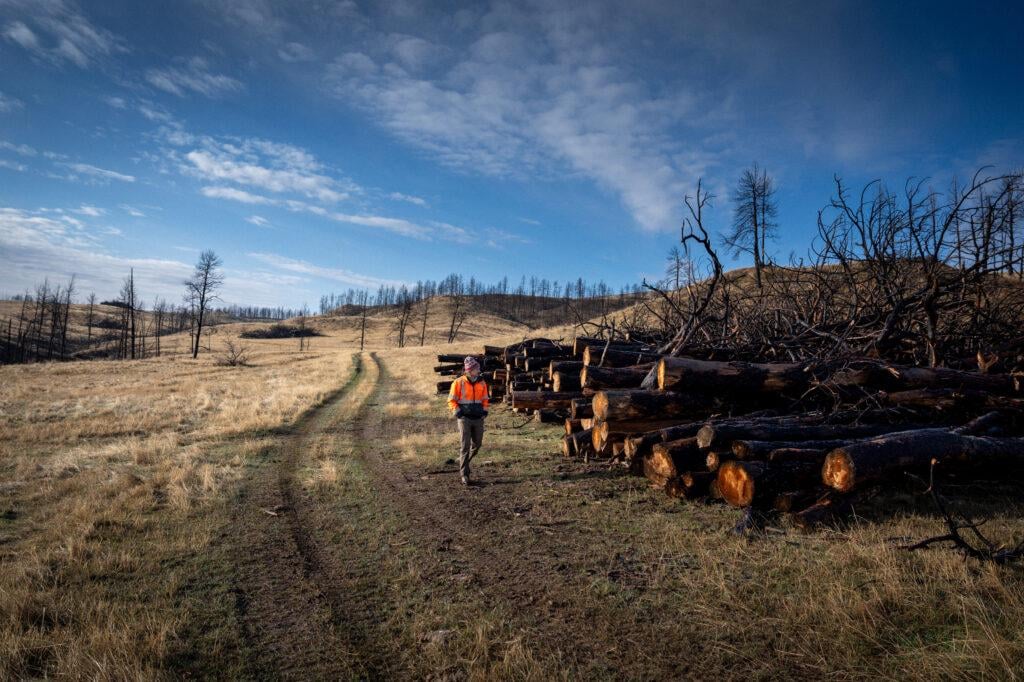
Is Burying the Trees Killed by Wildfires a Climate Solution? Proponents tout biomass burial to create carbon credits as a win-win-win for the climate, fire-scarred landscapes and those looking to offset their emissions.
Is Burying the Trees Killed by Wildfires a Climate Solution?
by silence7
12 comments
So we have to transport heavy equipment to the site then we have to operate the heavy equipment. We have to push the dirt around. We have to haul the trees around. We have to push the dirt around some more. We have to haul the equipment back to the repair shop and have the factories make repair parts because of all the extra wear and tear on the equipment and you add all of that up ……
Does anyone really think a total climate accounting of the options makes this a good idea except for whoever is going to make money ?
Biomass burial is all well and good until you look for anoxia either now or over the next 100 years.
YES!! How do we think nature creates soil?
Ive been burying trees for a decade, lived in a desertified ex-forestry region. I stoped erosion, started plant growth, which led to bugs returning… then SO MANY BIRDS
It’s a good direction, but wood industry towards furniture guarantees carbon being fixed for more centuries.
Like underground can return to carbon cycle quickly, unless there are ways to prevent bacteria from decomposing it
There’s already a ecological succession in place to regenerate forests after fires in many places. No need to mess with it. Forests usually regrow faster if left alone after fires. For example salvage logging, which sounds like it would be reasonable, unfortunately slows this recovery, because the dead trees are PART of the process of recovery – they will act like a sponge when it rains, increasing local moisture and feeding fungi and bacteria that help the succession and regrowth move faster.
I’m sorry folks, the whole “carbon offset” concept is an embarrassment. It allows industry to continue doing harm by white washing the whole notion that a company like Google can net zero their pollution.
Only if we can toss the concept of “carbon credits” into the burial site with them.
> Mast buried more than 10 million tons of fire-killed wood at the Montana site, generating about 5,000 tons of carbon removal credits. The company expects to sell them for about the same price as biochar credits (publicly listed around $100 to $200 per ton)
And that’s where the whole idea falls apart. There is no sequestration here. Just some money earned to allow the emission of all that carbon by someone else.
This system directly incentivises people to burn down forests so they can bury the fire-killed wood for carbon credits.
What a sick and ridiculous economic system we live under 😖
Snags are vital habitat for many birds and other wildlife, not just useless and “unsightly” hazards or something.
So let me get this straight. Somebody out there genuinely believes that expending a ton of fuel in order to bury trees is a climate win? WTF has happened to logic?
Anything but stop pumping gas and burning coal
Comments are closed.